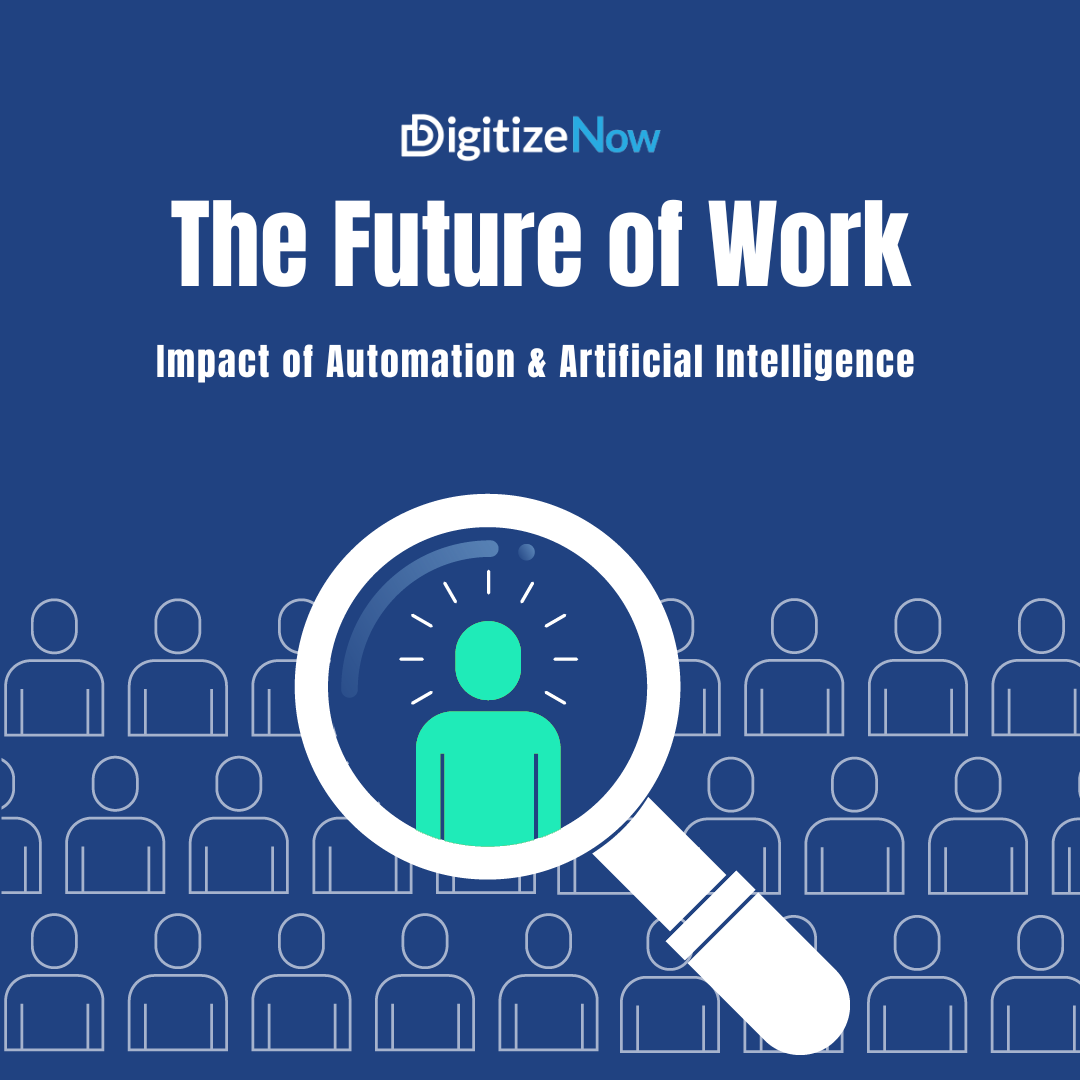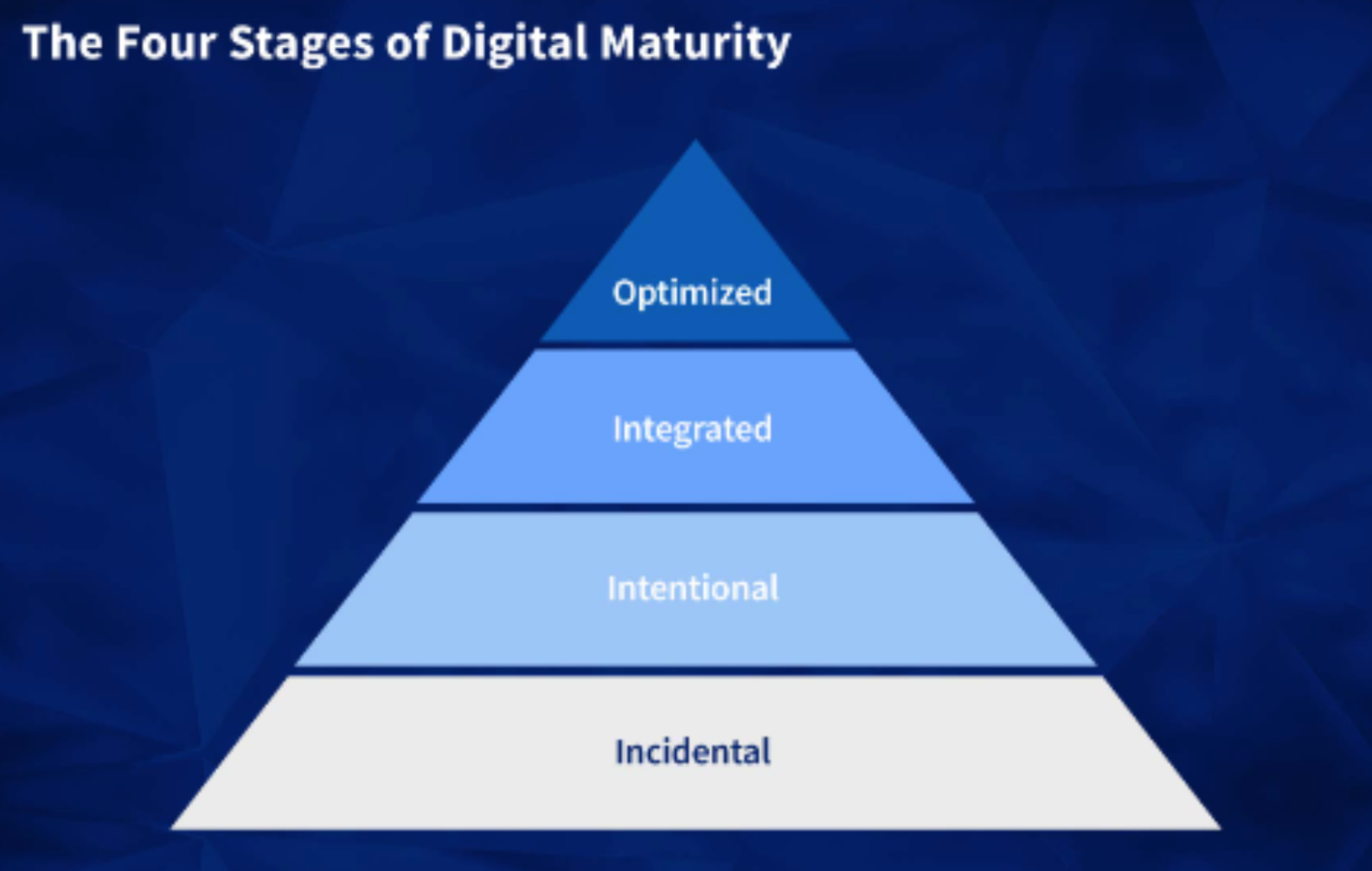Future work technologies have spurred a different organisational, technological movement led by AI and robotics. Automation has been prevalent in the work trends for years. Criticizing artificial intelligence would be impetuous, and blaming it for replenishing jobs would be foolhardy. Instead, we should accept that artificial intelligence and automation have created a different cadre of employment.
Let us talk about Tim Harford’s article on Dan Bricklin on how the computer’s first ‘killer app’ has changed the whole professional landscape. Bricklin’s first innovation of the spreadsheet ends the tedious work hours with a pencil and rubber. Bricklin’s creation has shaped the future of the workplace, and it is still in action. Spreadsheets have become the mainstream skills for the professions related to the data.
Similarly, artificial intelligence and automation in today’s world are inevitable. Changes in the workplace are an all-pervading phenomenon. Artificial intelligence and automation would create jobs that replace the hour-long boring desk jobs but would open the doors for new skill sets. Bricklin’s ideas broke some new horizons, and VisiCalc came into the market; AI and robotics would create something similar that would replace manual jobs with more advanced technology.
The Precedents of Artificial Intelligence and Automation:
Before Bricklin made the changes in the ledger, we can spot the saboteurs existing in the market for decades. The assumptions that technical changes would reduce manual jobs and accelerate unemployment have existed since the 19th Century when the first machine in the textile factories was built. The saboteurs were those individuals who protested vehemently against the technical changes.
Hence, this is a familiar story of individuals with low skill sets spreading false assumptions about artificial intelligence and automation, shortening human labour from the market. The struggle with the technologies would come into circulation as and when new changes are initiated.
The machine breakers luddites from the 19th Century to the present-day saboteurs of the 21st Century blaming the technical changes for the reduction of employment would be there in circulation; it is better to shift the focus on the future scope of artificial intelligence to understand the true potential of AI creating the new skill sets for the employees. Technical changes open new avenues for the employees who would like to befriend the technology is unyielding. Future work technologies would eliminate unintentional human errors by making the data more organized.
With artificial intelligence and automation, DAP (digital adoption platform) has set its place in the market by making corporates more labour-saving and self-operated. If we observe, we will understand the chronology behind the technical innovations. John McCarthy’s assessment of AI and automation suggests that future technologies will replace mundane desk jobs, potentially leading to widespread unemployment for millions. This is not entirely true; instead, artificial intelligence would create new choices for the employees where self-sufficiency would take the prime position.

“Sometimes automation creates jobs, and sometimes it destroys them” is the real future of workplace scenarios where employees would be unemployed if they do not choose the path of continuous upskilling. Eradicating automation and artificial intelligence from the work scenario would be like going against the time because technology has always propelled the job markets.
Artificial intelligence and the digital adoption platform have distinguished the purpose of getting the ducks in a row in a world of unorganized data. The information in the present time can catch an individual off-guard if they are suffering from information overload.
To organize the data and remove unintentional errors from the future work pattern, artificial intelligence and the future of work with the help of digital adoption platforms can create stability.
Job Displacement and Revolutionization:
Before you lose out in the words of technical saboteurs, look at the possibilities that artificial intelligence would create. The jobs getting automated means that employees would be self-sufficient to embrace technology in its natural form. Human skills are irreplaceable; automation has augmented a few more advanced technical changes to make the future of work trends smooth and self-operative.
Consider those times when people used to stand in queues to accomplish banking transactions. Now, we have a mobile banking app where we can make transactions with a click. Similarly, digital adoption platforms coupled with automation and artificial intelligence would make the process more hassle-free.
From spread sheets to adaptive AI, technical innovations have always added feathers, making the process more organized and flawless. Now, the time has come that organizations should focus on making their employees well-equipped with technical changes. The skills related to Adaptive AI and machine learning should be added to the free learning courses. By adding DAP to their learning apps, the employees can learn those skills quickly, which would help the future of the workplace stay ahead of the technical competition.
Adapting to the Digital Landscape:
Adapting to the changes has been a strenuous task since long. Technical changes in the age of digitization have shaken the long-built patterns of accomplishing tasks. The employees’ fear of such modifications has yet to occur recently; its roots can be found in the 19th Century when the New Luddism movement was spearheaded.

Fearing technological changes, the sole reason for structural unemployment has been in practice because of the “Luddite fallacy,” a term coined in the 19th Century. The current work landscape has the same fearful mind set when robotics and artificial intelligence have been built. Usually, these future work technologies are considered the backbone for the underemployment or the recent lay-out happening in the Forbes 500 companies.
Long story short, such false assumptions against automation and AI are entirely wrong. AI has created many unexplored fields where employees can learn new skill sets independently. From the automated vehicles to the check-outs in hotels, the future work technologies, artificial intelligence, and automation have created a renewed landscape in the future of the workplace. Such changes have materialized because of the implementation of the sensors and components of software and mechanics.
Technologies have unearthed extraordinary changes in operational visibility and decoding of the programmed language. The future scope of artificial intelligence would unravel more values in terms of quality products and services by implementing the benefits of artificial intelligence and automation.
Technology will pave the way for job creation. Artificial intelligence’s impact on the future workplace would replace brain and muscle work. Future work technologies would demand employees in the sectors like researchers, practitioners, machine learning engineers, and many more.
AI will likely augment human capabilities and create innovative solutions for modern-day problems. Therefore, learning to coexist with technology will be necessary, leading to more excellent human-AI collaborations.
Future of Work
AI will create new job platforms; for that, training is essential. The digital adoption platform can make the training journey smoother to accelerate the training process. Artificial intelligence and automation have reshaped the future of the workplace to spawn a new generation of employees with numerous skills.
As embedded in the websites and the applications, DAP would provide contextual guides for employees to learn faster. Thus, the training would become feasible with the DAP, executed in future work trends.
The coalescing of future work technologies, automation, and AI will transform cross-border work and employment dynamics, encompassing ways for increased global collaborations. Future of work trends with artificial intelligence and automation would aid employers by saving time and cost, generating productivity like never before, and employing the resources with new skills.
However, it is essential to note that creativity, critical thinking, and emotional intelligence will still be necessary human qualities needed to support technology. Artificial intelligence and automation, such as future work technologies, would bring changes to the surface. Still, human intelligence is required to operate the machines seamlessly. The workplace cannot function without human resources; humans create machines to bring fast changes in future work trends.
Conclusion:
Deploying artificial intelligence and automation has created ripples in the world economy. The exponential growth of a few sectors has been noticed in the past decades. In addition to this growth trajectory, DAP has emerged as a new blessing in digitization.
To make the employees efficient and tech-savvy, DAP can act seamlessly with little budgetary woes. Future work technologies belong to those employers who know how to play technically safe in this world, driven by artificial intelligence and automation.
However, the negativity associated with artificial intelligence and automation reducing the jobs from the market would not wither away. The correct means of job creation that equals the number of unemployed is still underway. Robots have recently replaced humans in many sectors, leaving them with minimum choices.
On the other hand, the digital adoption platform brings light to the lives of unskilled employees with its bite-sized modules that can even train non-technical individuals.

Embracing these changes thoughtfully can lead to a more innovative and inclusive future of work. Connect with Digitize Now at info@digitizenow.co.in to learn more about how you can transform your business with the Digital Adoption Platform.



